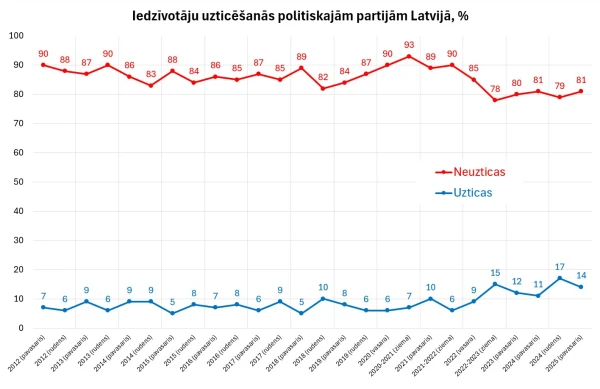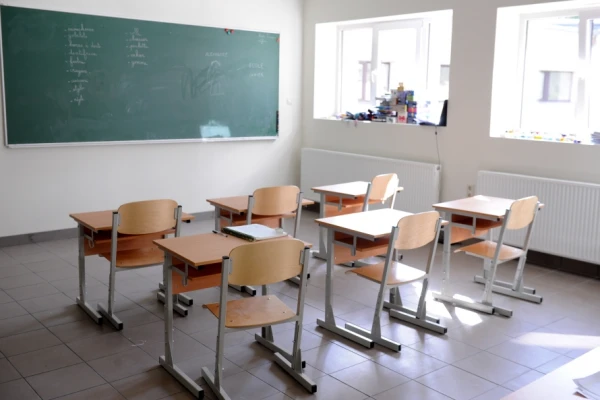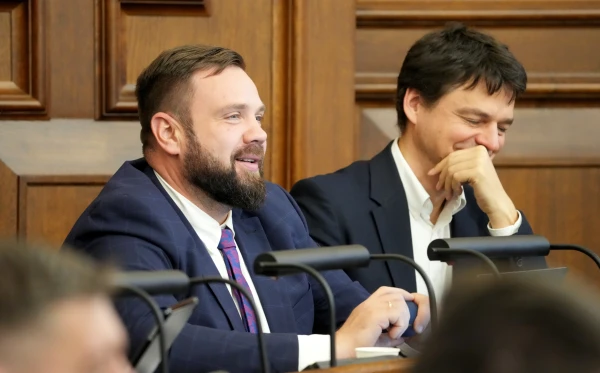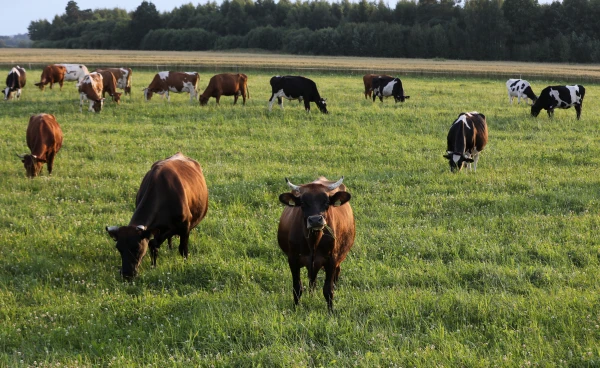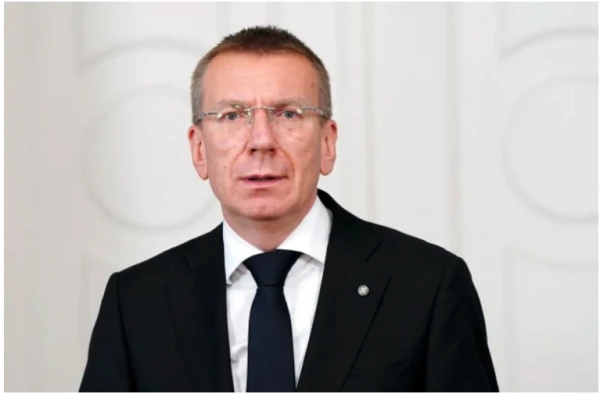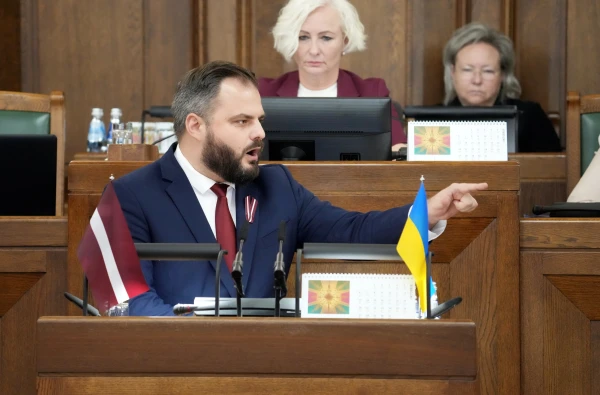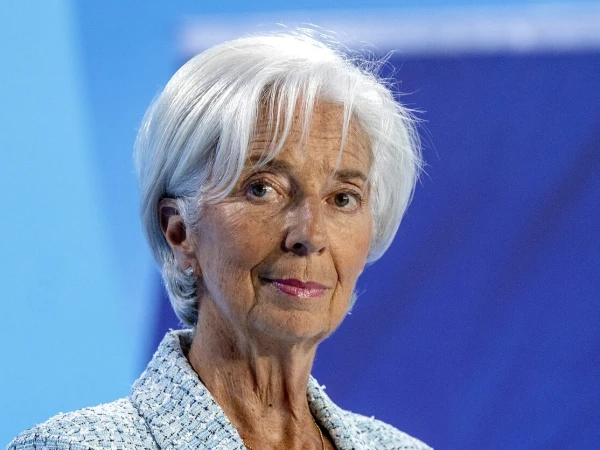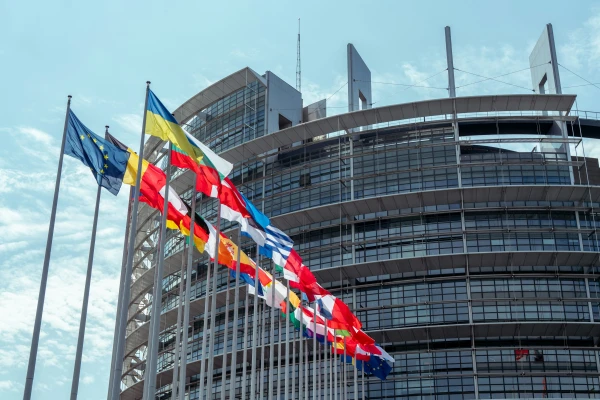
The autumn of 2025 was marked for Latvia by a simple concept from the past – crop failure. Moreover, there is hardly a sector under the Ministry of Agriculture that has not been affected by adverse weather conditions. Perhaps only fishing and forestry managed to evade.
To ensure enough food for everyone
Nevertheless, the leadership of the ministry under Minister Armands Krauze reported in a press release "On the progress in achieving Latvia's target values of the strategic plan for agricultural policy for 2023-2027."
The main task of planning in the agricultural sector is stated as: "To provide sufficient support to rural hosts so that they can ensure affordable food produced in their country, which is safe, of high quality, and at a reasonable price." However, at the same time, there is an emphasis on so-called "long-term farming." Therefore, almost half (47.5 percent) of the funding available under the plan is "directed towards activities to reduce climate change and achieve environmental goals." Within the framework of the European Union's "green course," farmers in Latvia must achieve: "a reduction in greenhouse gas emissions (GHG), a decrease in the use of plant protection products and fertilizers."
Fewer people, more oxygen
Unfortunately, in terms of soil fertility, Latvia lags somewhat behind what is present, for example, in France – and even in Ukraine, with which the EU now has a free trade regime. Therefore, the emphasis on minimizing fertilizer inputs cannot lead to an increase in production; similarly, it is unlikely that in the foreseeable future, pests of agricultural plants can be eradicated by any alternative means other than chemical ones.
Nevertheless, compared to the last year of socialist agriculture – 1990 – the agricultural environment of Latvia has reduced GHG emissions by 57.7%. "Mainly, – the Ministry of Agriculture admits, – because the amount of agricultural production has decreased, the number of livestock has reduced, as well as the areas of cultivated crops and the consumption of mineral fertilizers has fallen." Plants have the ability to produce oxygen, so GHG is absorbed both by the land used for its intended purpose and by the land that is, literally, under vapors – i.e., uncultivated land. Over the year, these "vapors" reduce CO2 emissions by 0.6 million tons.
Every sixth hectare is "biological"
By 2030, Brussels has set the goal of "reducing the overall use of pesticides and the threats they pose by 50%..." In Latvia, meanwhile, a reduction of only 18% is promised in the next couple of years.
During the upcoming five-year period, the EU has also issued an order – "to reduce the use of antimicrobials intended for agricultural animals and aquaculture by 50%." In our republic, farms have reduced the indicator – in milligrams per correction unit of the population – from 28.2 to 20.8 over 4 years since 2019. However, it is quite possible that the statistics were influenced by COVID and military-sanction factors – with an overall reduction in production and exports.
By 2030, it is expected to increase the share of the agricultural sector of the European Union that uses exclusively biological technologies – to 25% of land areas. Currently, according to the data from the Rural Support Service, such lands in our country make up 16.4%, i.e., approximately every sixth hectare.
Meanwhile, when it comes to "high-value landscape elements in terms of diversity" – Latvia clearly lags behind the EU indicators, which require 10%. We currently have only 3.3% of fallow land that can be said to look beautiful. By 2030, we will only reach 4.4%.
Although the Ministry of Agriculture insists that Eurostat is incorrect – in the republic, there are approximately 16% of agricultural lands, or 310,000 hectares, that can be considered fallow and valuable.
Chemistry and life
From today's perspective, by 2030, the EU intends to reduce the application of nitrate (nitrogen) and phosphorus fertilizers to soils, while, notably, "also ensuring no deterioration of fertility."
Monitoring of groundwater by the Latvian State Geological and Meteorological Center has established that the critical level for nitrates of 50 milligrams per liter is exceeded in 3.6% of cases – we are already significantly exceeding the planned EU indicators for 2030, which is 7%. By that time, we will have only 2%.

